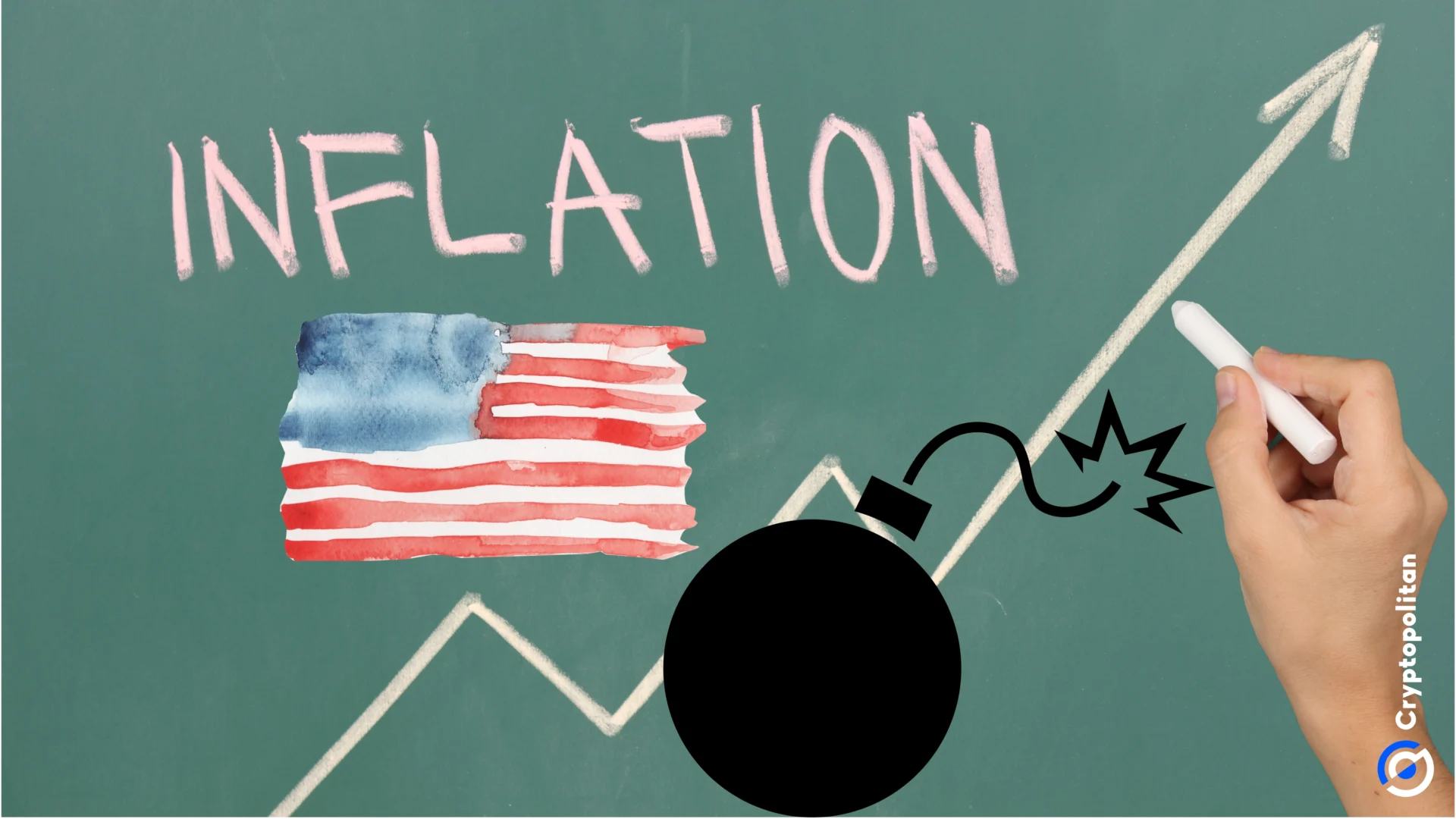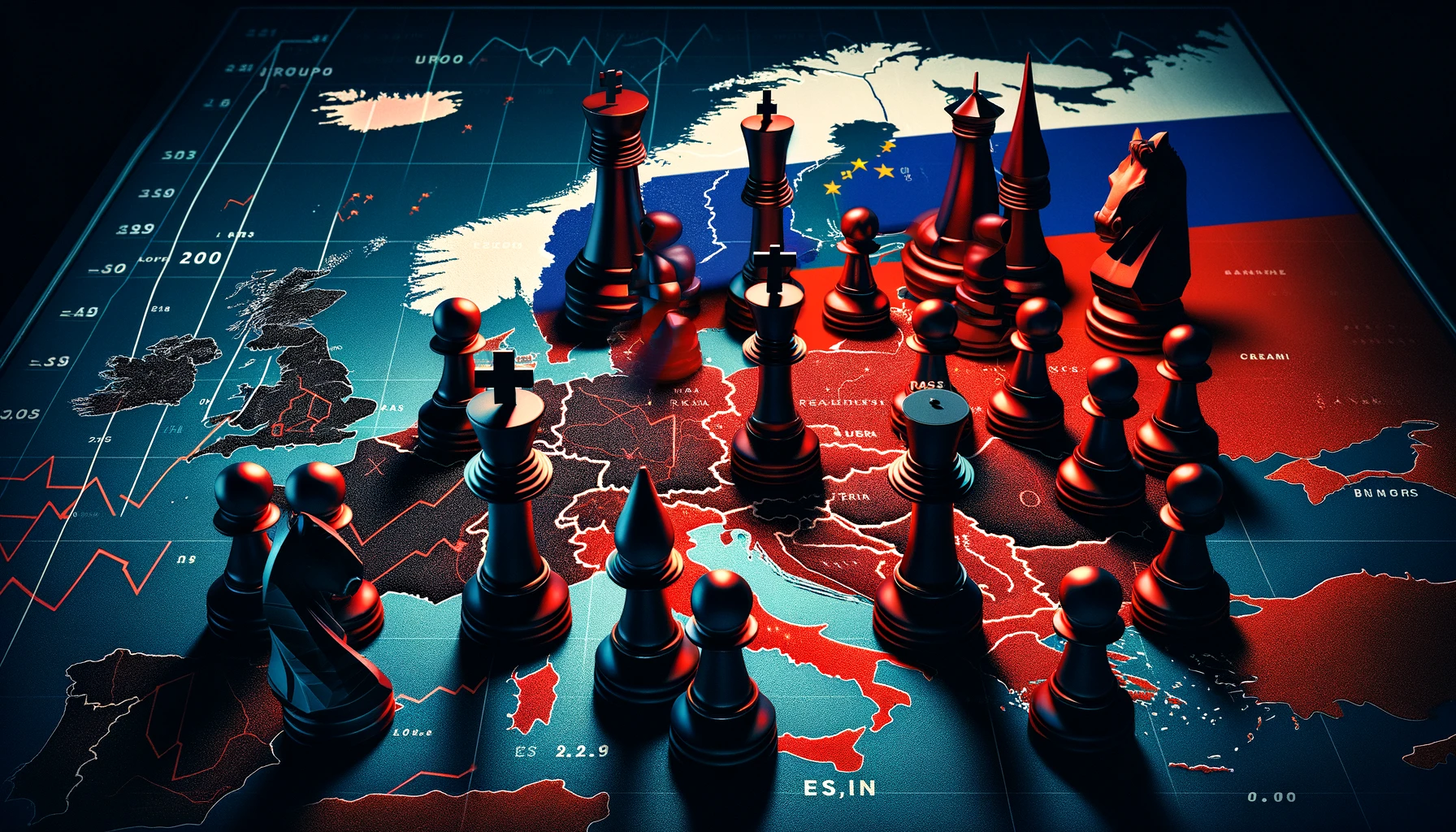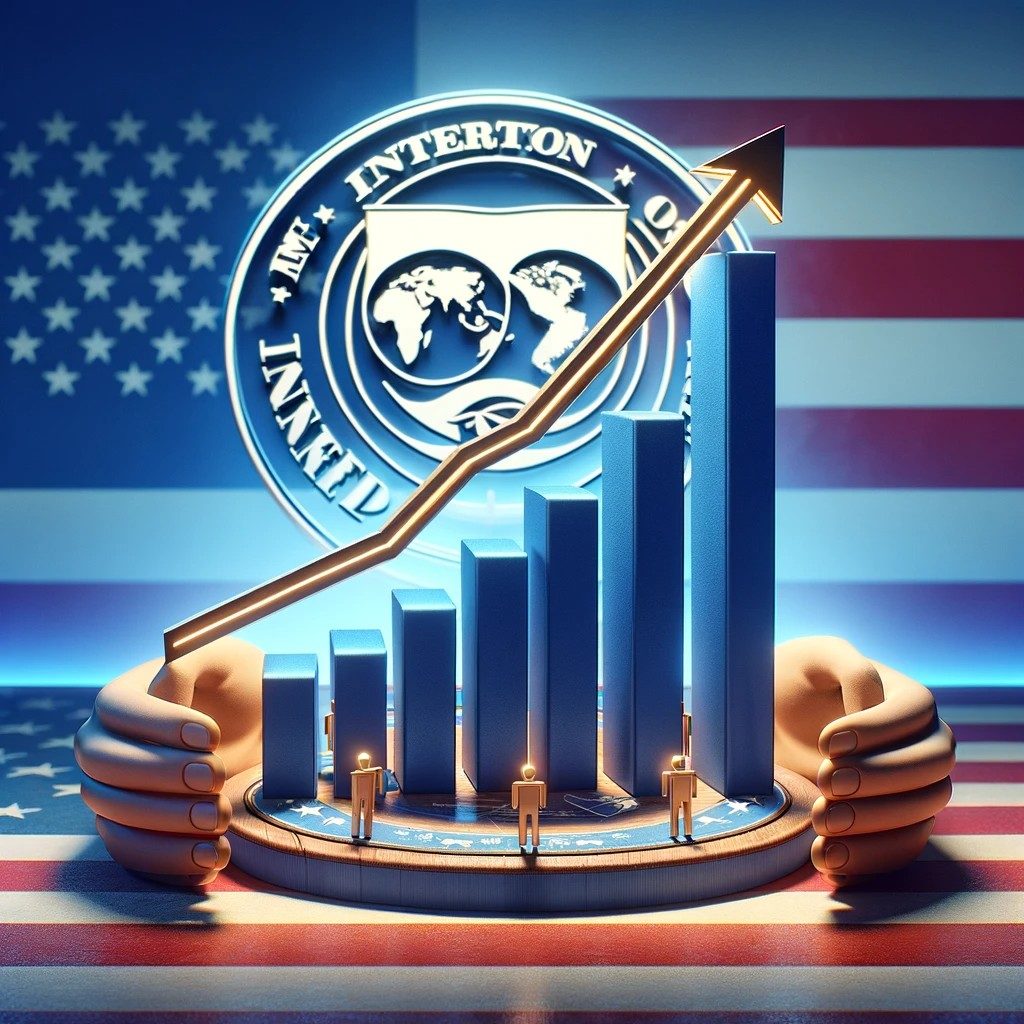Before Joe Biden even set foot in the Oval, his administration had already placed a $1.9 trillion bet that would define his presidency—and not in the way Democrats had hoped.
With the ink barely dry on a $900 billion COVID-relief package passed under Trump, Biden and his advisers decided to double down. Their plan? The American Rescue Plan (ARP), a sweeping fiscal package to pull the U.S. out of the pandemic’s grip.
It was bold. It was expensive. And it backfired… spectacularly.
The ARP pumped direct cash into households, expanded the child tax credit, and funneled $350 billion to state and local governments. Democrats thought this would cement their legacy as the party that saved the economy.
Instead, inflation hit levels that made voters seethe. By 2024, consumer prices had skyrocketed 20% under Biden, compared to just 8% during Trump’s term. Voters noticed. On Election Day, 40% of them said the economy was their top issue — and Trump won by a landslide.
A risky strategy built on Obama’s playbook
Biden’s team wasn’t operating in a vacuum. Many of his advisers had served during the Obama administration, which inherited a global financial mess in 2009. Back then, the Left believed their response was too timid.
Years of weak growth and high unemployment followed, leaving a bitter aftertaste. The lesson they carried forward? When interest rates are low, spend big. Overfill the cup, don’t underfill it.
However, Biden’s timing couldn’t have been worse. Billions in bipartisan COVID aid had already flooded the economy. Trump’s spending spree, combined with Biden’s fiscal fireworks, collided with broken supply chains, labor shortages, and global crises.
Inflation exploded, not just in America but across Europe, Canada, and Australia. Democrats hoped voters would see past the price tags and focus on the strong job market. That hope died fast.
Instead of celebrating wage gains, voters saw grocery bills doubling and gas prices rising. Democrats miscalculated the one thing voters never forget: how much it costs to live.
Manchin’s warnings
The ARP wasn’t a sure thing. It passed on the slimmest of margins, requiring Vice President Kamala Harris to break a 50-50 tie in the Senate.
Joe Manchin, the most conservative Democrat in the chamber, shared his doubts. He thought $1.9 trillion was too much, too soon. His colleagues disagreed, arguing that anything less would miss the mark.
Manchin pleaded with Biden to slow down. “The country hasn’t even digested the $900 billion we just approved,” he argued right inside the Oval. Biden didn’t budge. “I’ve got to do it, Joe,” he said, brushing aside concerns. Manchin eventually caved, but he didn’t go quietly.
Later, when White House advisers tried to reassure him by pointing to 17 Nobel laureates who said inflation would be temporary, Manchin snapped. “You’ve got 17 educated idiots telling you what you want to hear,” he said.
The White House wasn’t just ignoring Manchin. They were ignoring Larry Summers, a heavyweight economist who had also served under Obama.
Summers warned in early 2021 that inflation was coming, and it wouldn’t be pretty. He pointed to historical precedents: Democrats lost badly in elections tied to inflation in 1968 and 1980. His advice? Pump the brakes. But of course, Democrats didn’t listen.
The transitory myth
When inflation began creeping up in the spring of 2021, the Biden administration stuck to a single script: This is “transitory.” The Federal Reserve joined the chorus, insisting that high prices were temporary and tied to the reopening of the economy.
For a few months, the narrative stood. Inflation hit 7% by December 2021, but officials said it would ease. Spoiler alert? It did not.
Supply chain chaos, fueled by new COVID variants and geopolitical shocks, made everything worse. Russia invaded Ukraine, pushing up energy prices. China locked down major cities, throwing global trade into disarray.
The administration kept spinning the story, but by the time inflation spread beyond cars and airfares, no one was buying it. Not the voters, not the markets, and certainly not the economists.
Fiscal stimulus—approved under both Trump and Biden—was responsible for about three percentage points of the inflation surge, according to the San Francisco Fed. The ARP alone added 0.3 percentage points annually in 2021 and 2022.
While those numbers may seem minute, their real-world impact was devastating. Americans didn’t care about technicalities; they cared about rising rents and grocery prices.
Democrats also had their eyes set on Build Back Better (BBB), a $3.5 trillion package that would be Biden’s economic crown jewel. But the political climate was changing. Acknowledging inflation would have jeopardized BBB, so the administration doubled down on the transitory narrative.
Progressives demanded more spending, arguing $3.5 trillion should be the floor, not the ceiling. By 2022, the White House was scrambling. Some advisers pushed for tariff rollbacks on Chinese imports, arguing it could lower prices on everyday goods. Tariffs, after all, often get passed on to consumers.
Gene Sperling, a senior Biden adviser, defended the administration’s actions. He argued that America’s economic performance outpaced its peers. But voters weren’t comparing themselves to Germany or the UK. They were comparing themselves to 2019 when prices were lower and budgets stretched further.
Inflation destroyed the Biden administration
One thing is clear: the economy will always be a big part of voter sentiment. Efforts like releasing oil from the strategic reserve and capping insulin prices came too late to change public perception.
In the summer of 2022, Biden’s political advisers pushed for a messaging pivot. They wanted the administration to declare victory over inflation after a single mild report.
Economic advisers balked, fearing it would backfire if inflation spiked the following month. But the White House hesitated, and the moment passed.
By the time inflation started to cool, the damage was done. Voters weren’t thinking about the rate of change; they were thinking about how much more they were paying compared to two years ago. The administration’s reluctance to confront inflation head-on created a credibility gap they couldn’t close.
The past four years have been a gamble, and the Democrats lost big. For Biden, it was a legacy-defining disaster.





